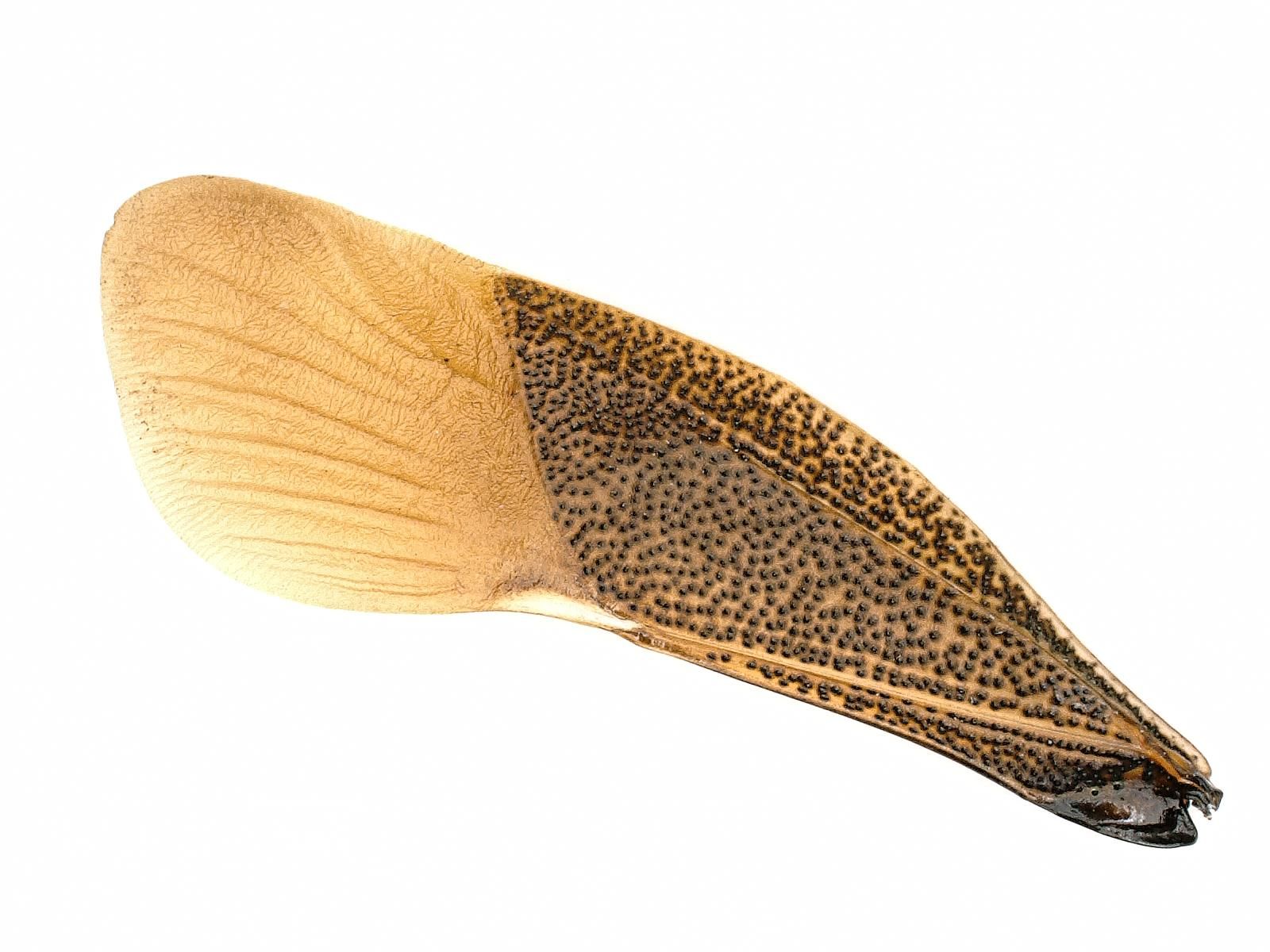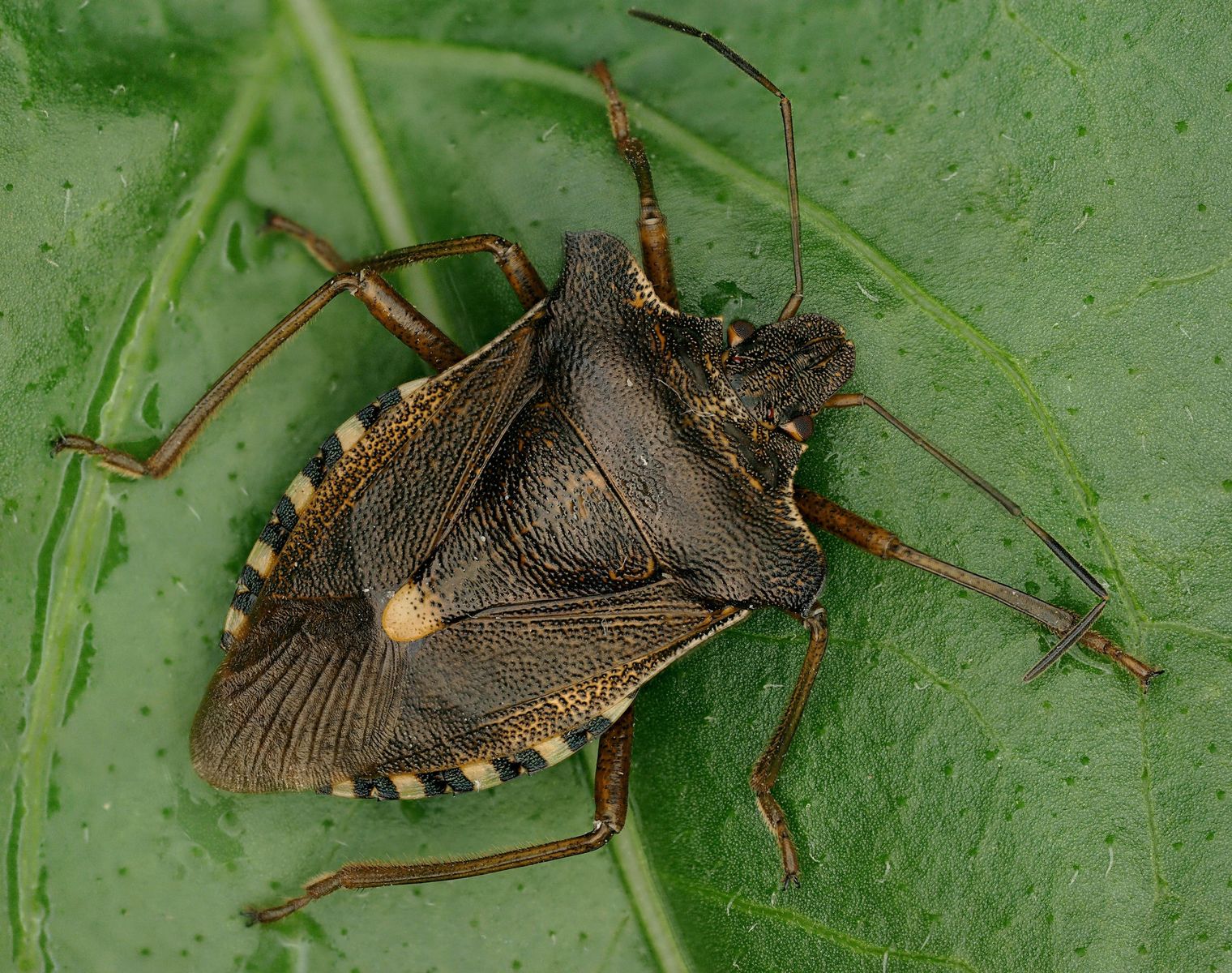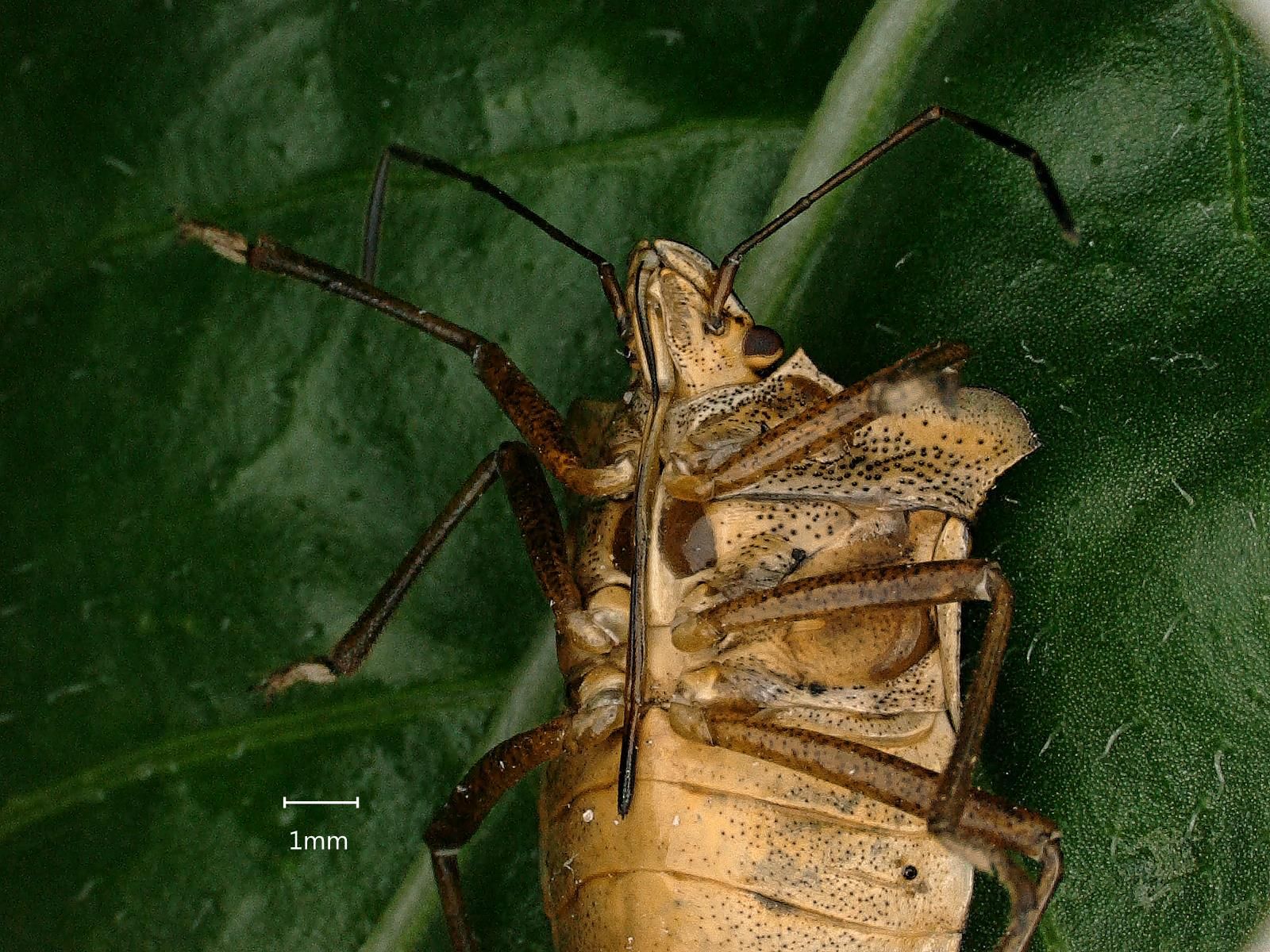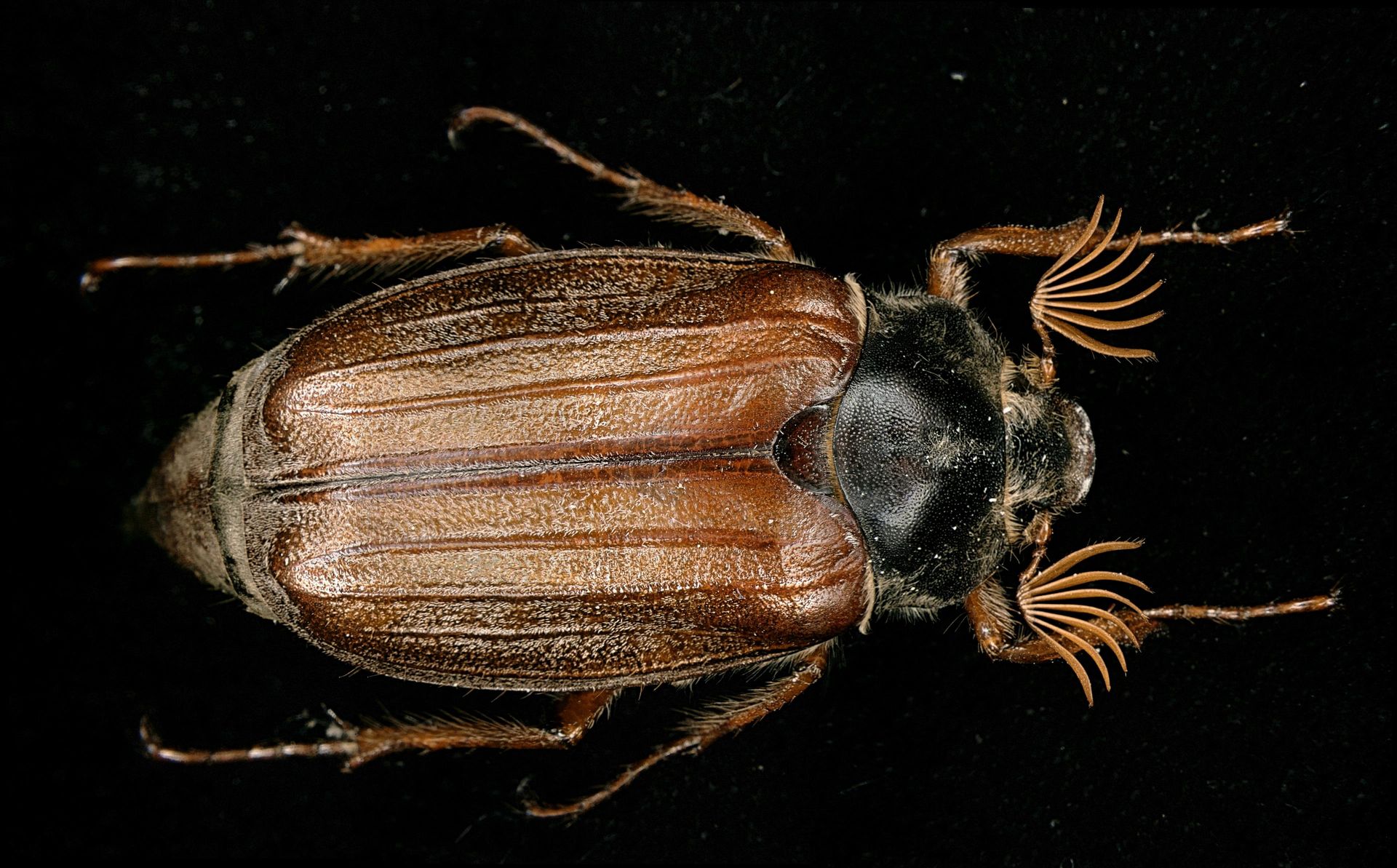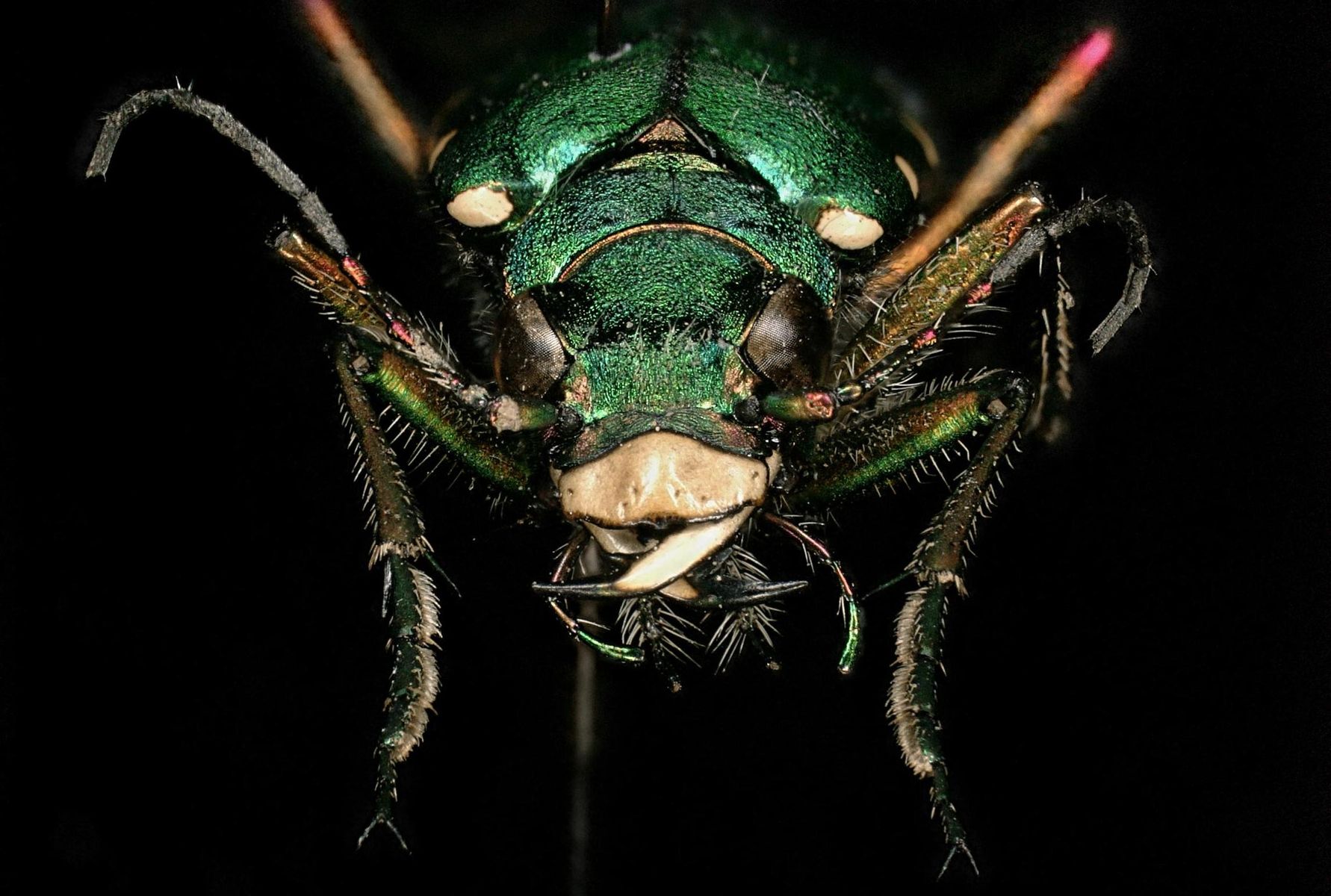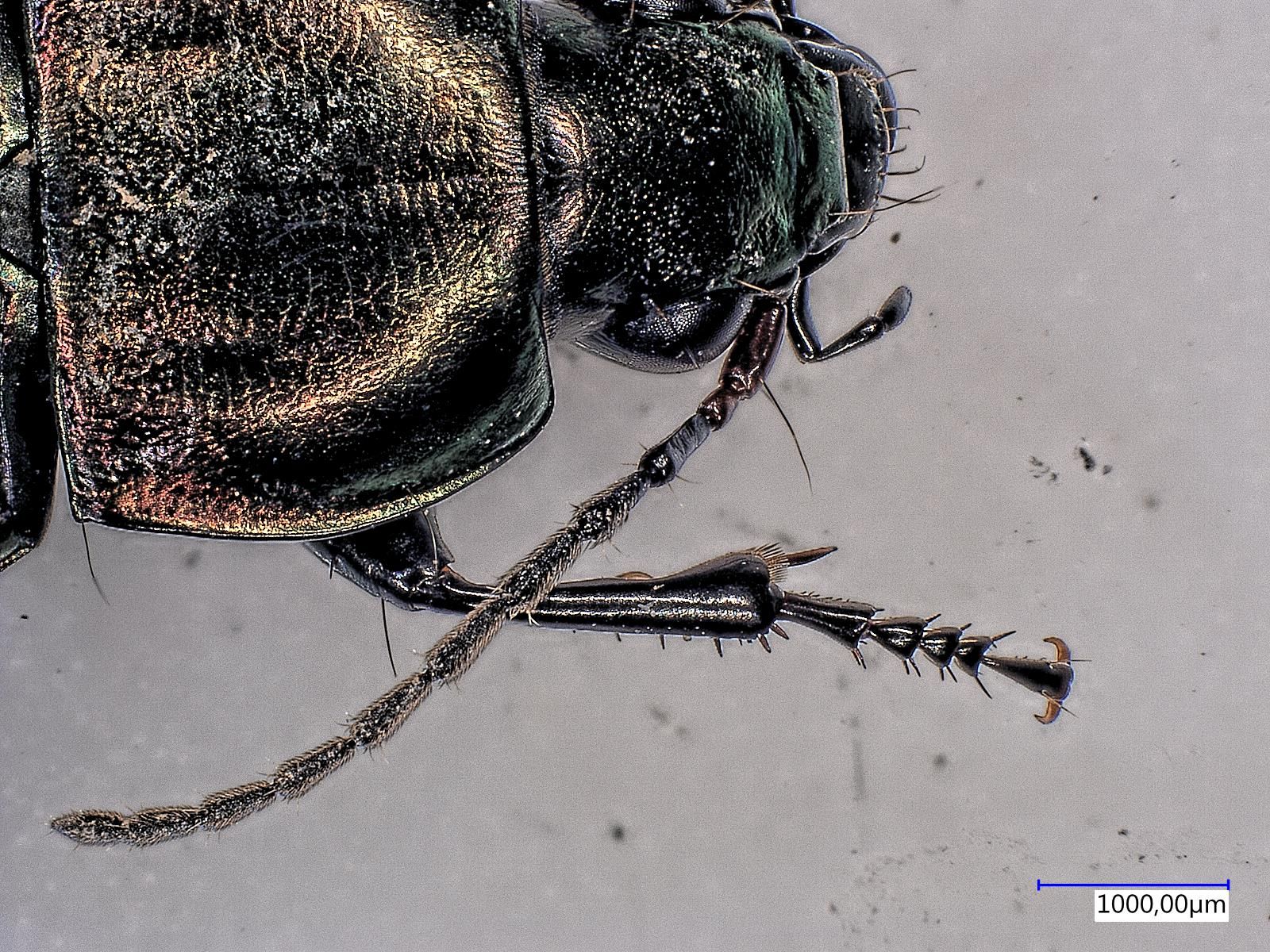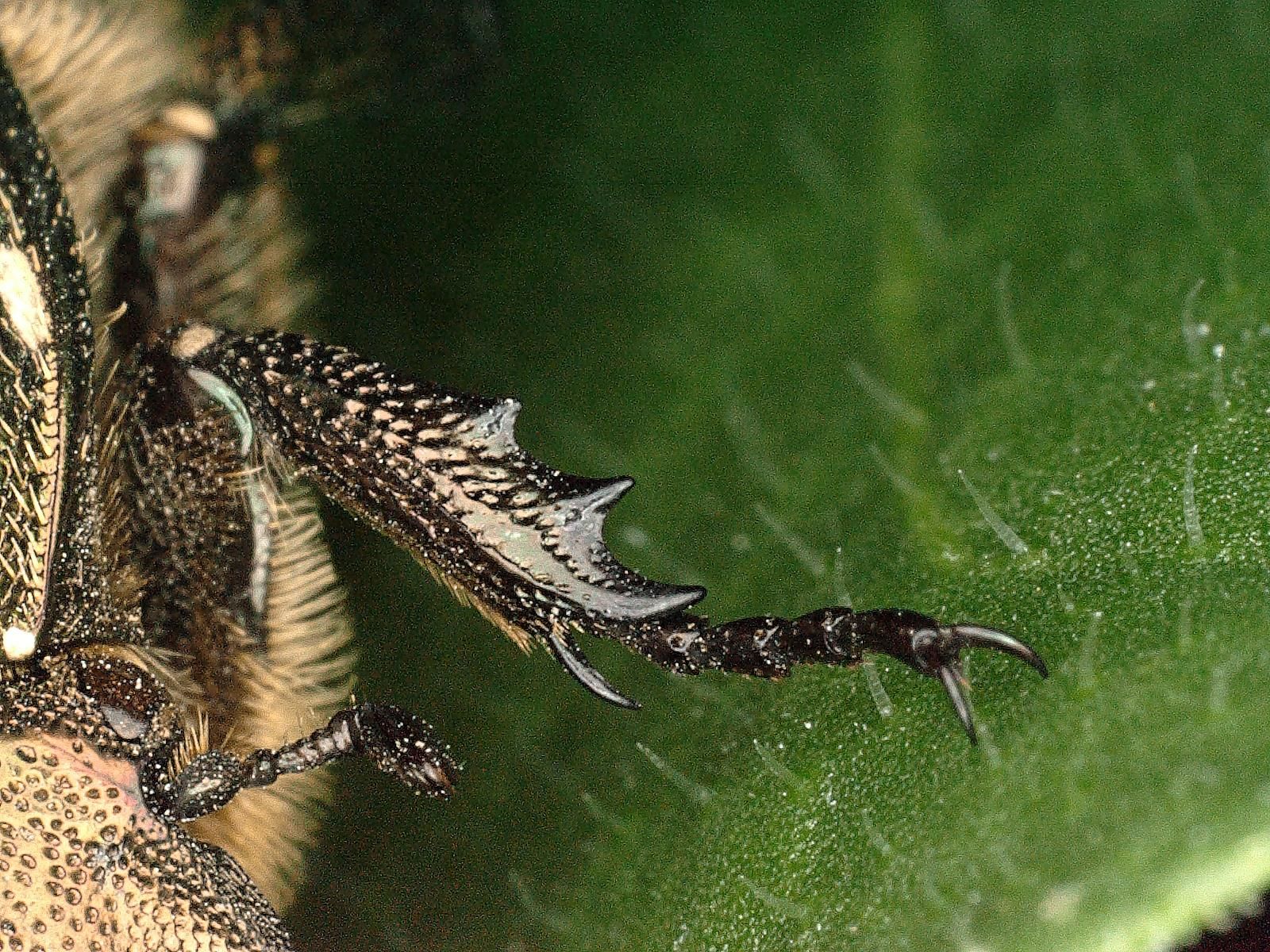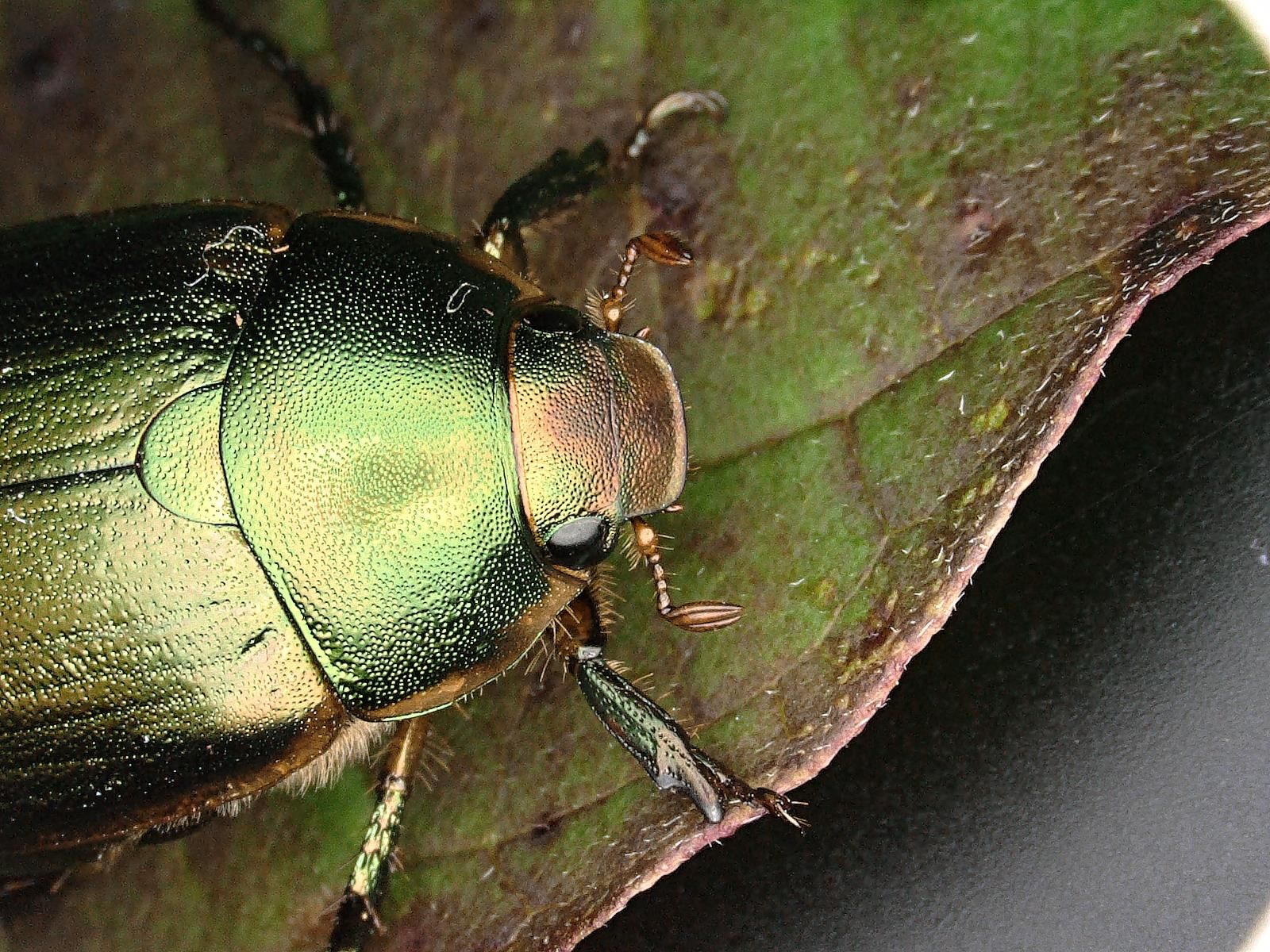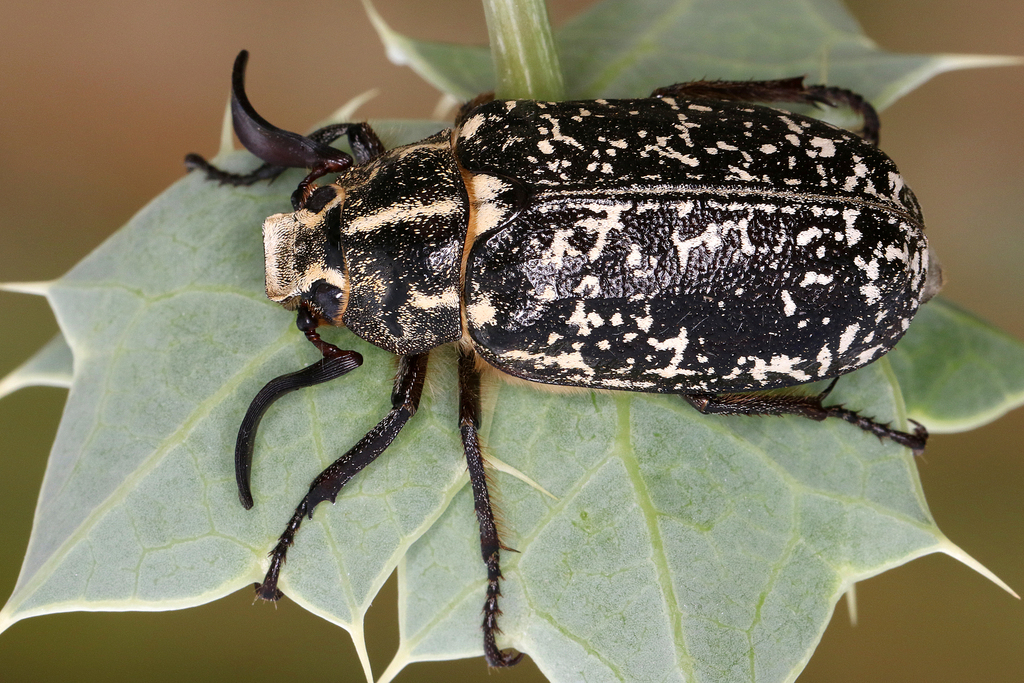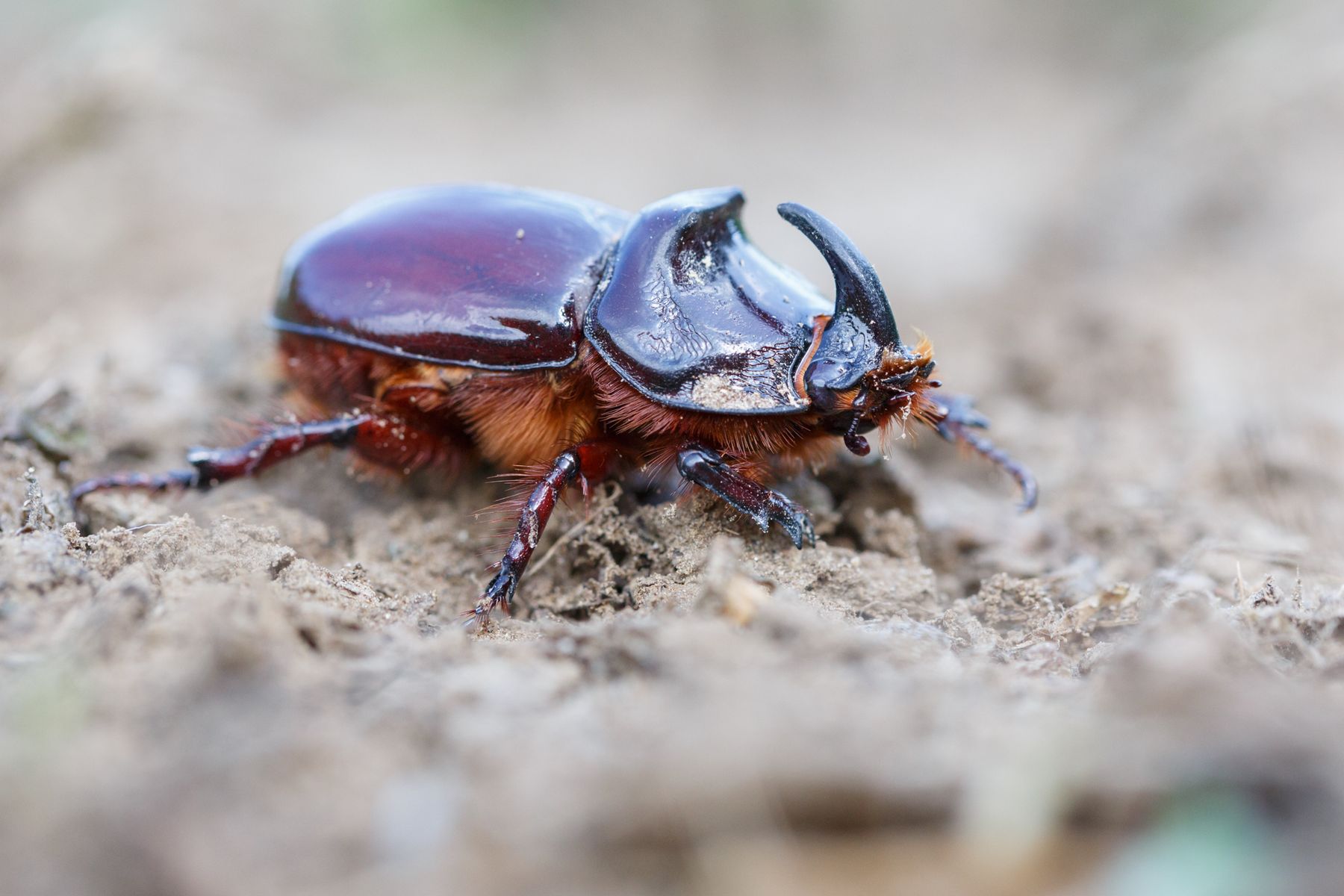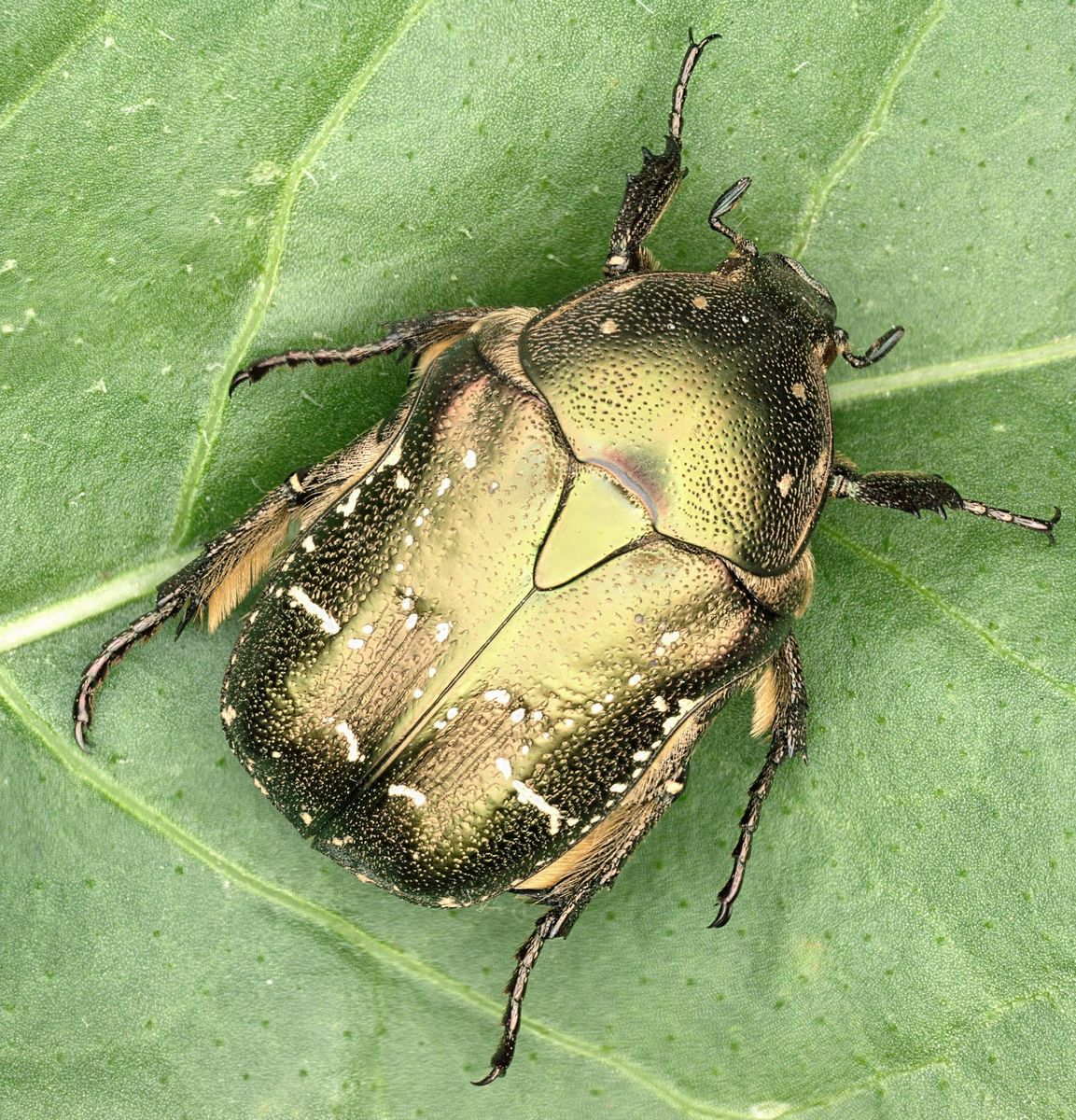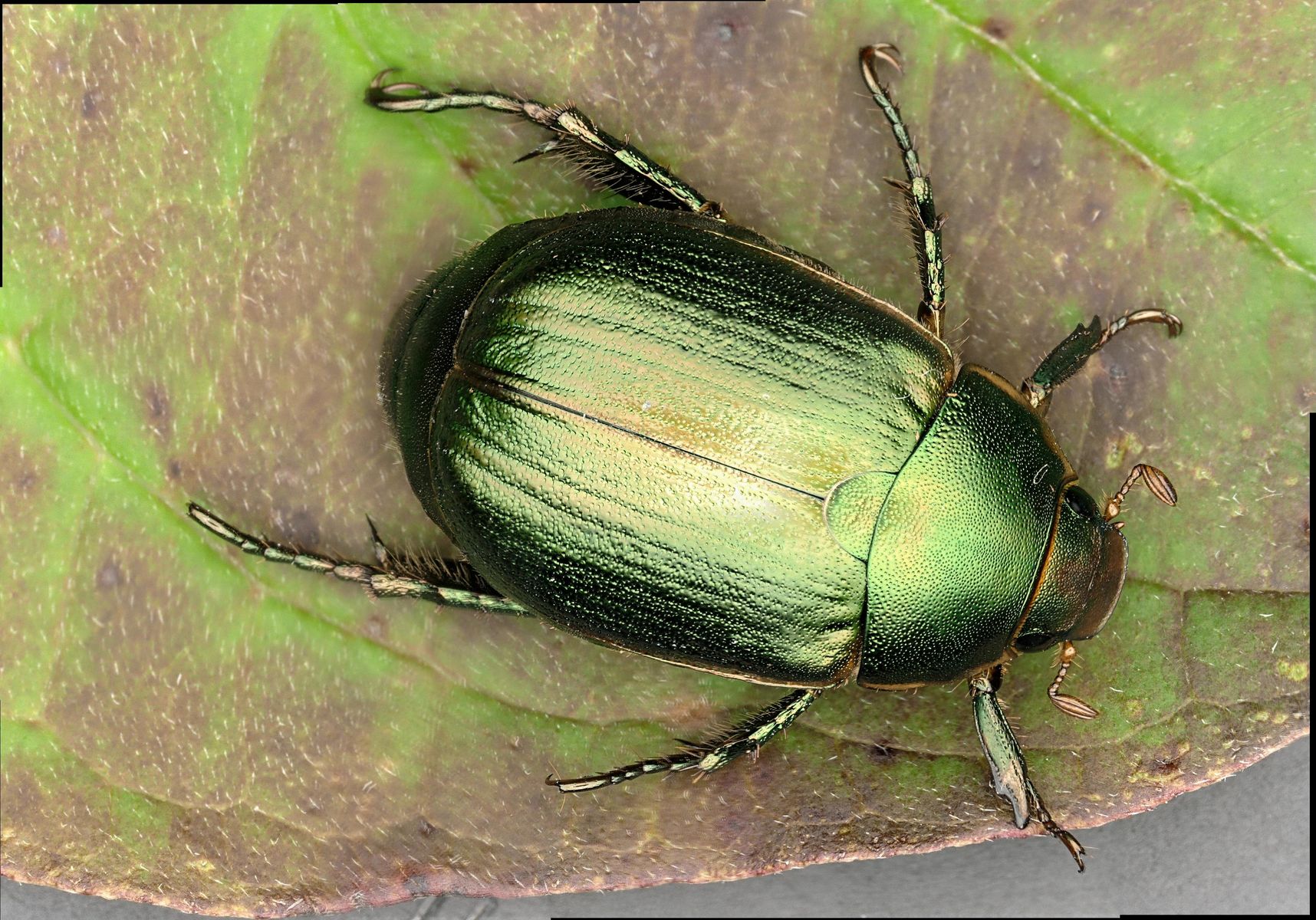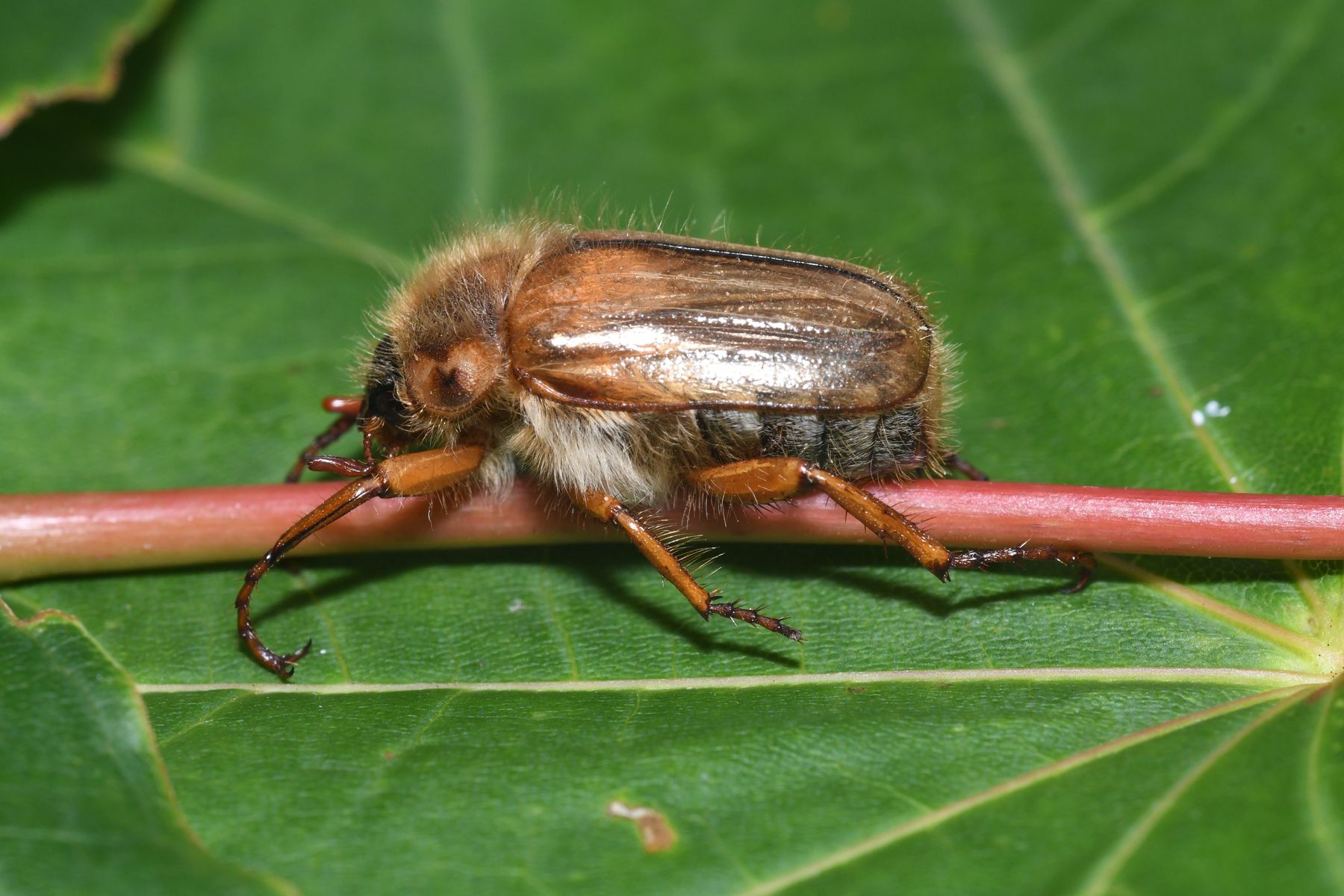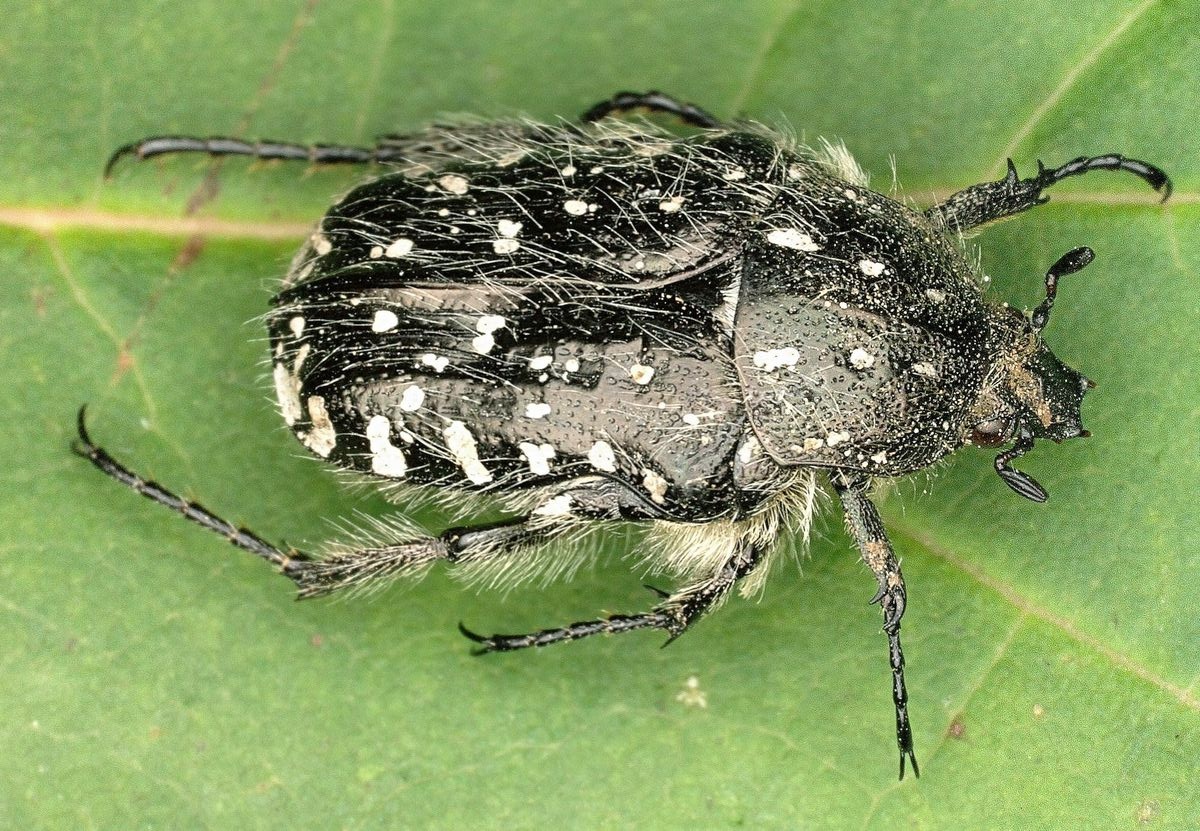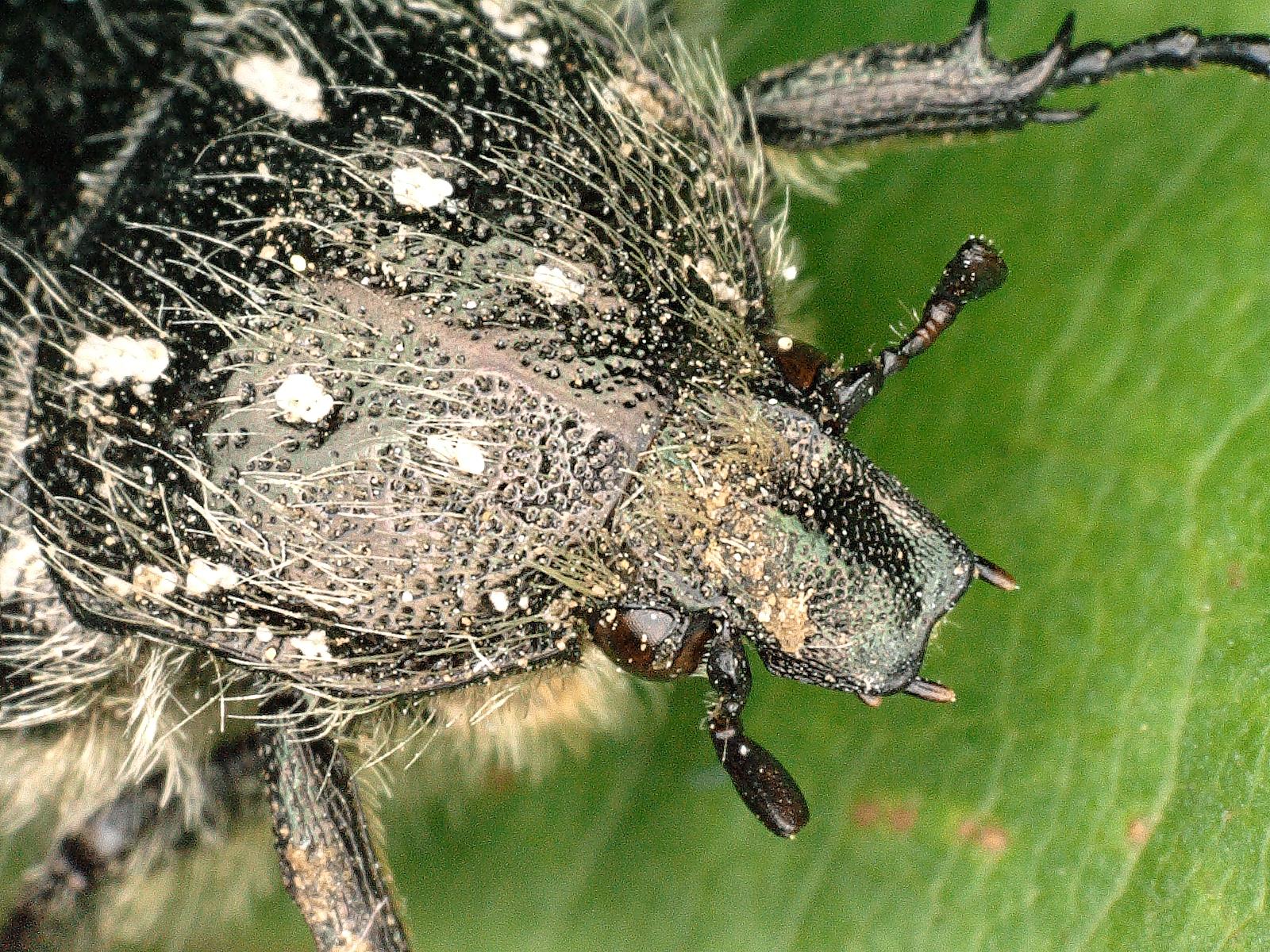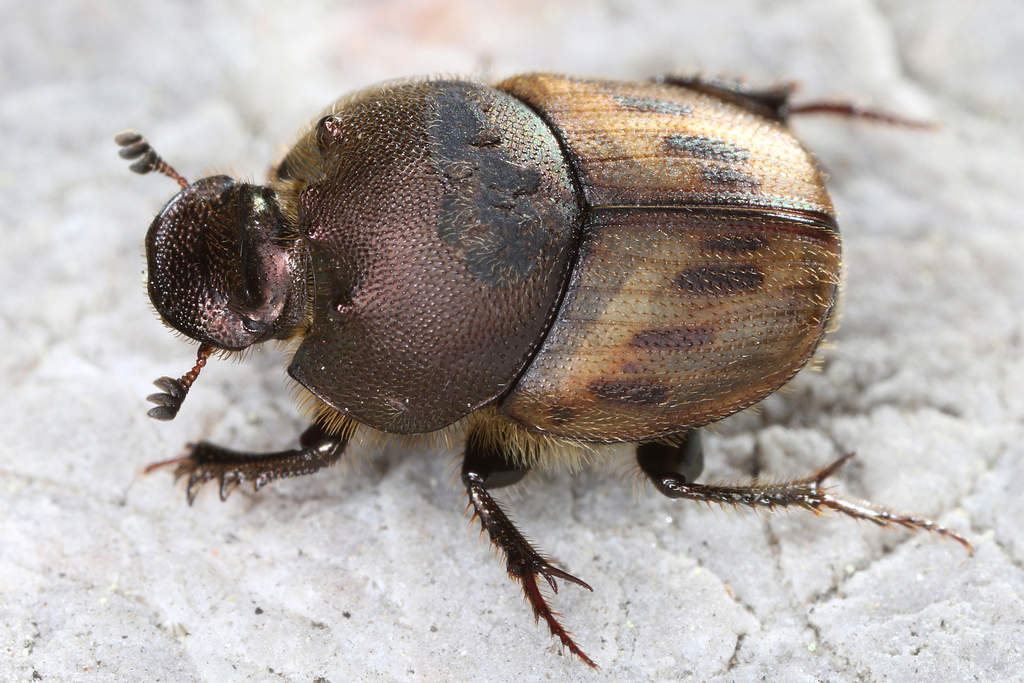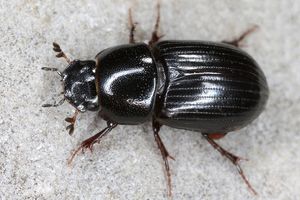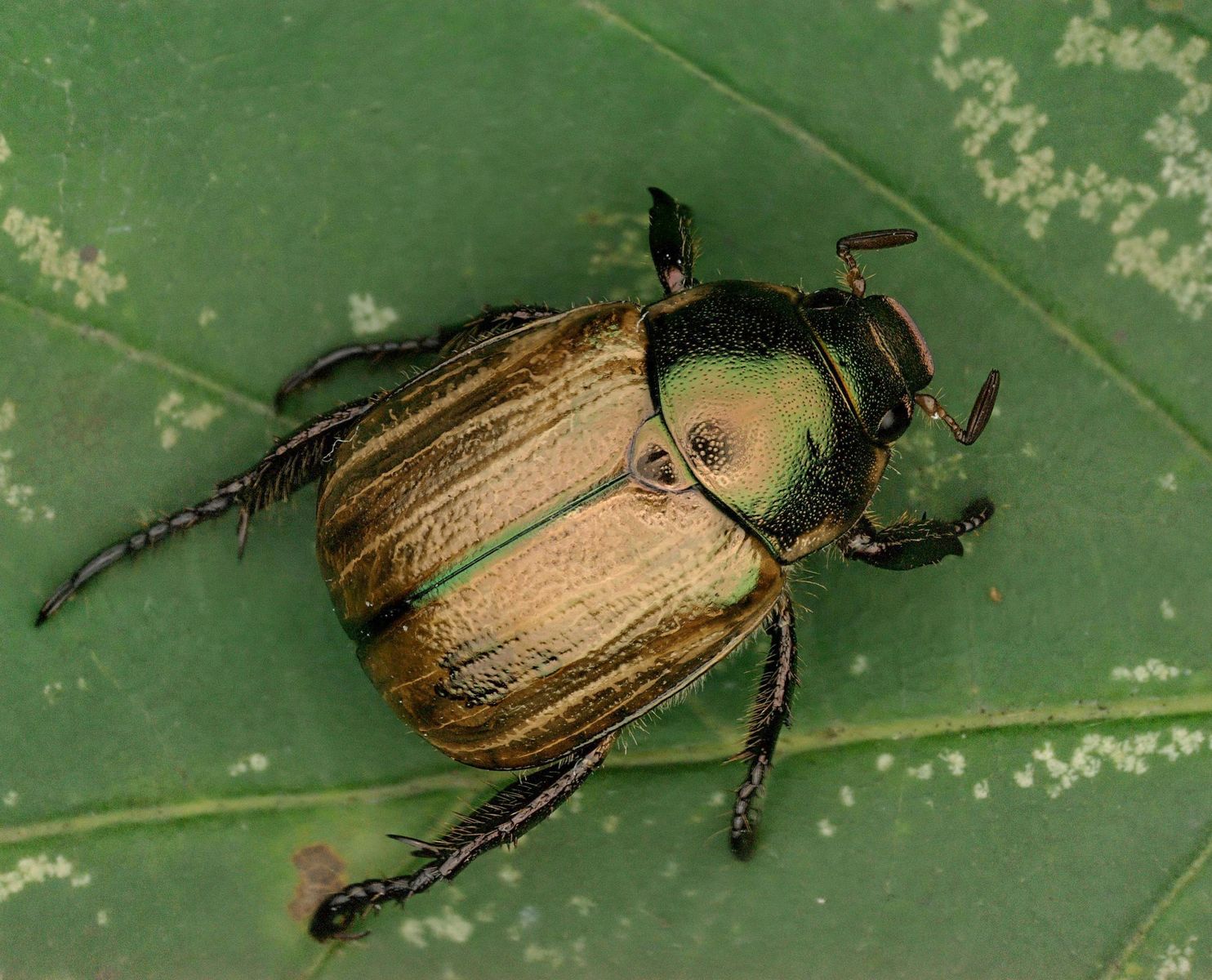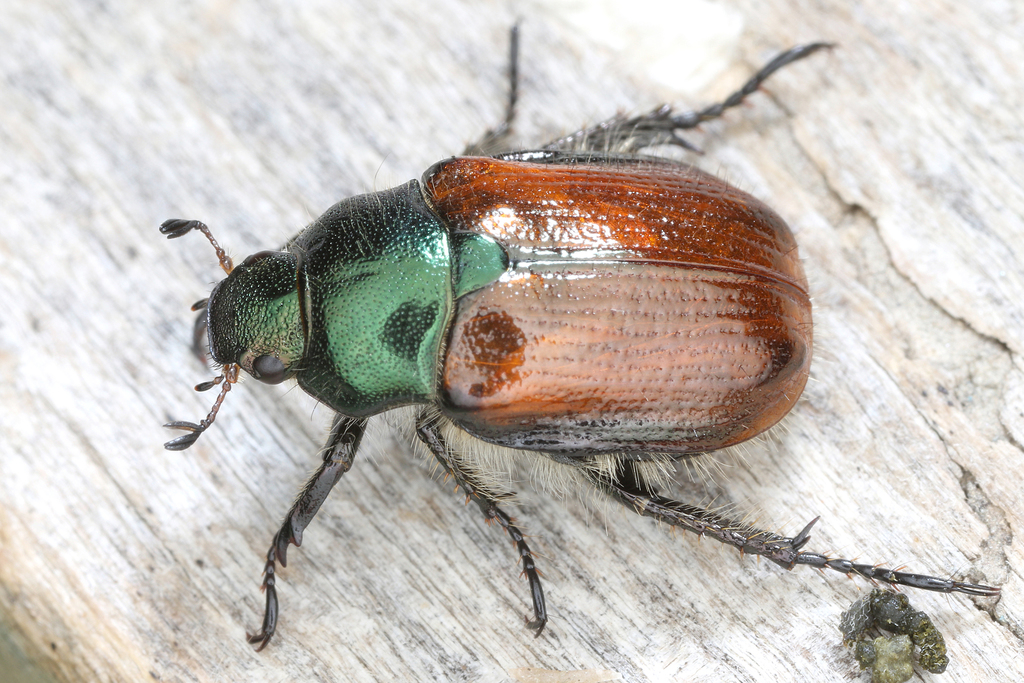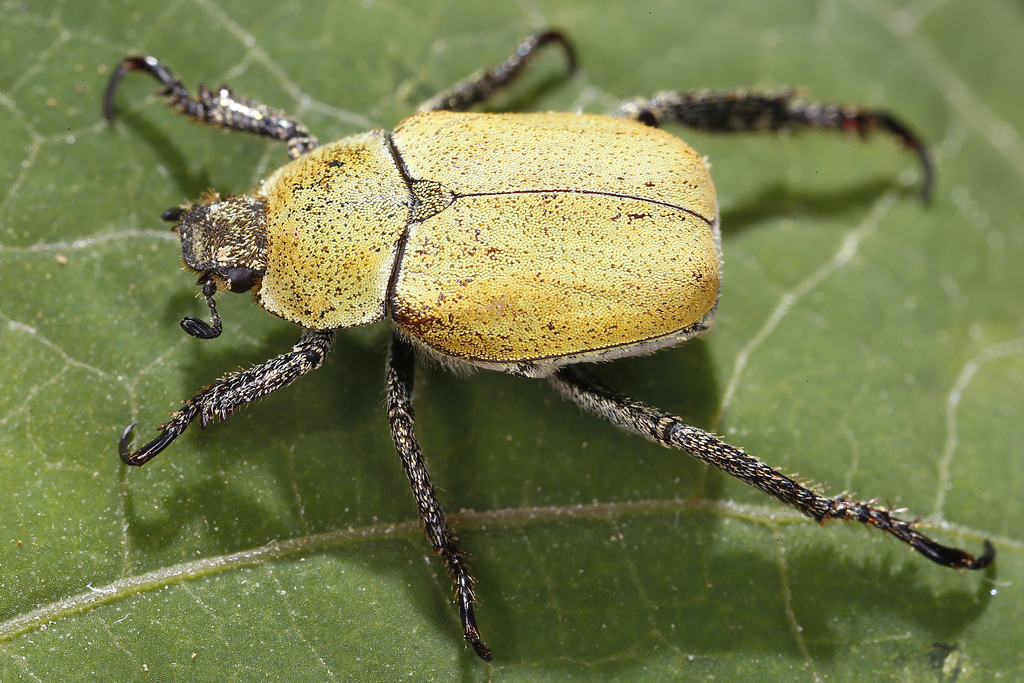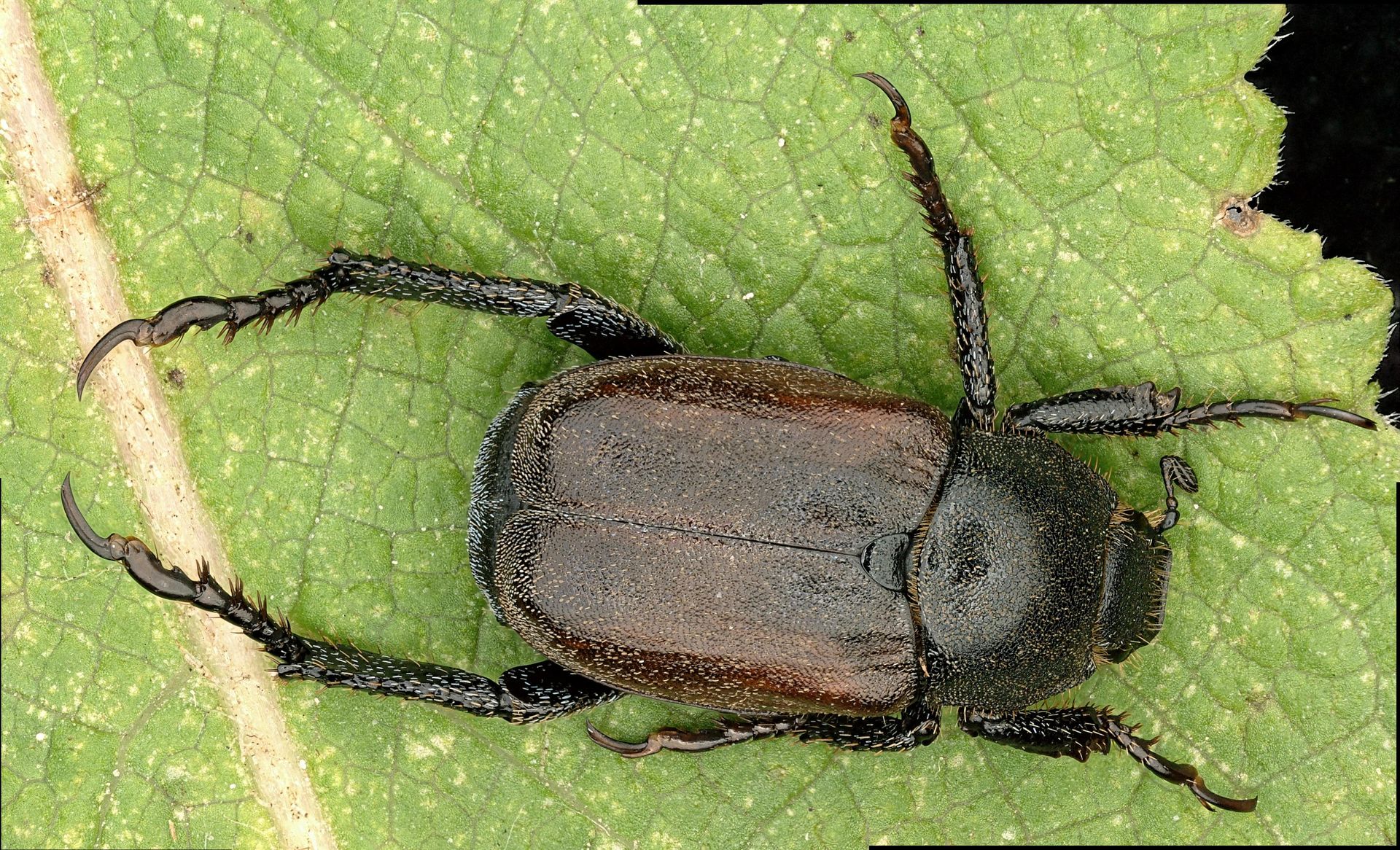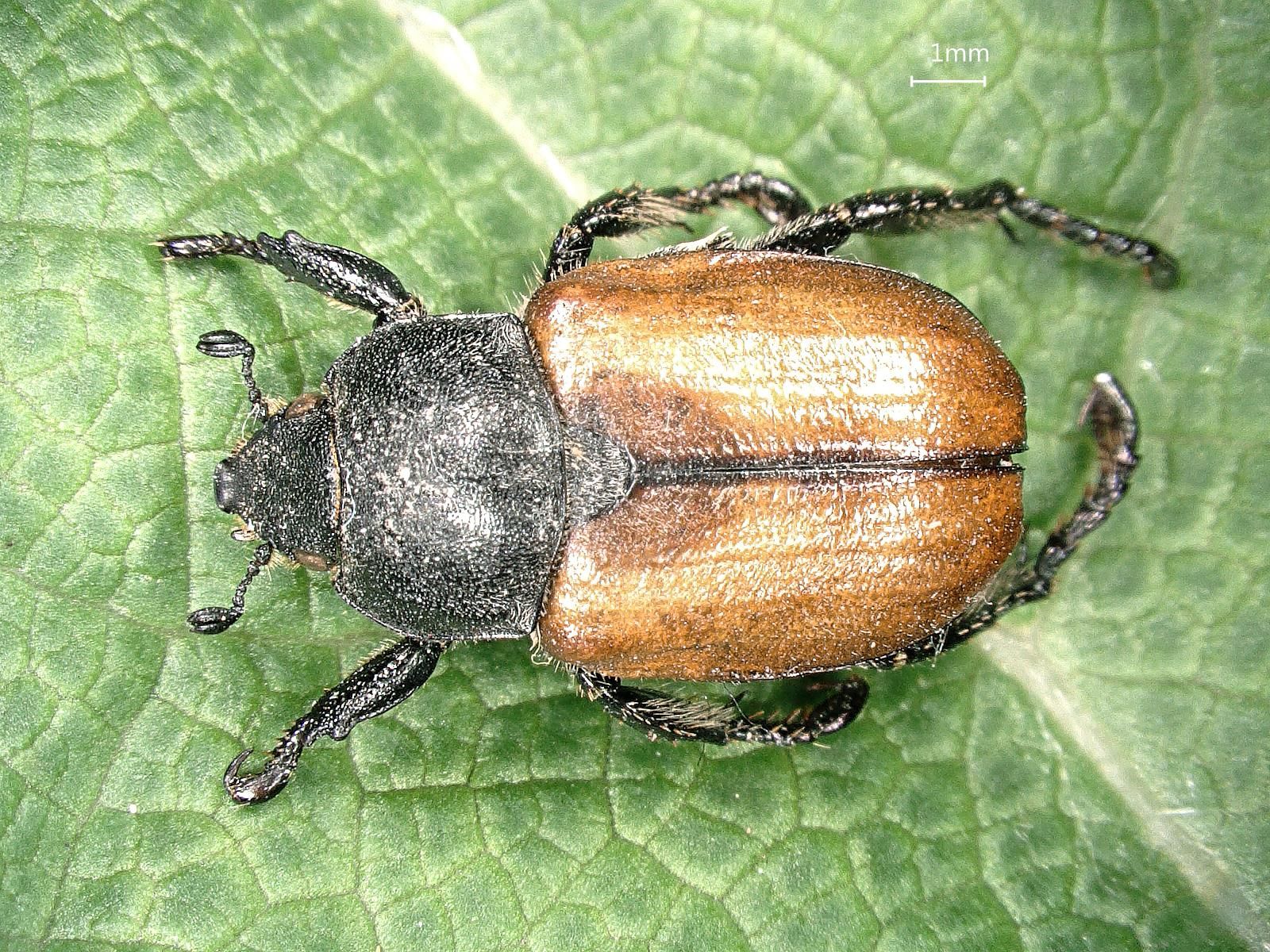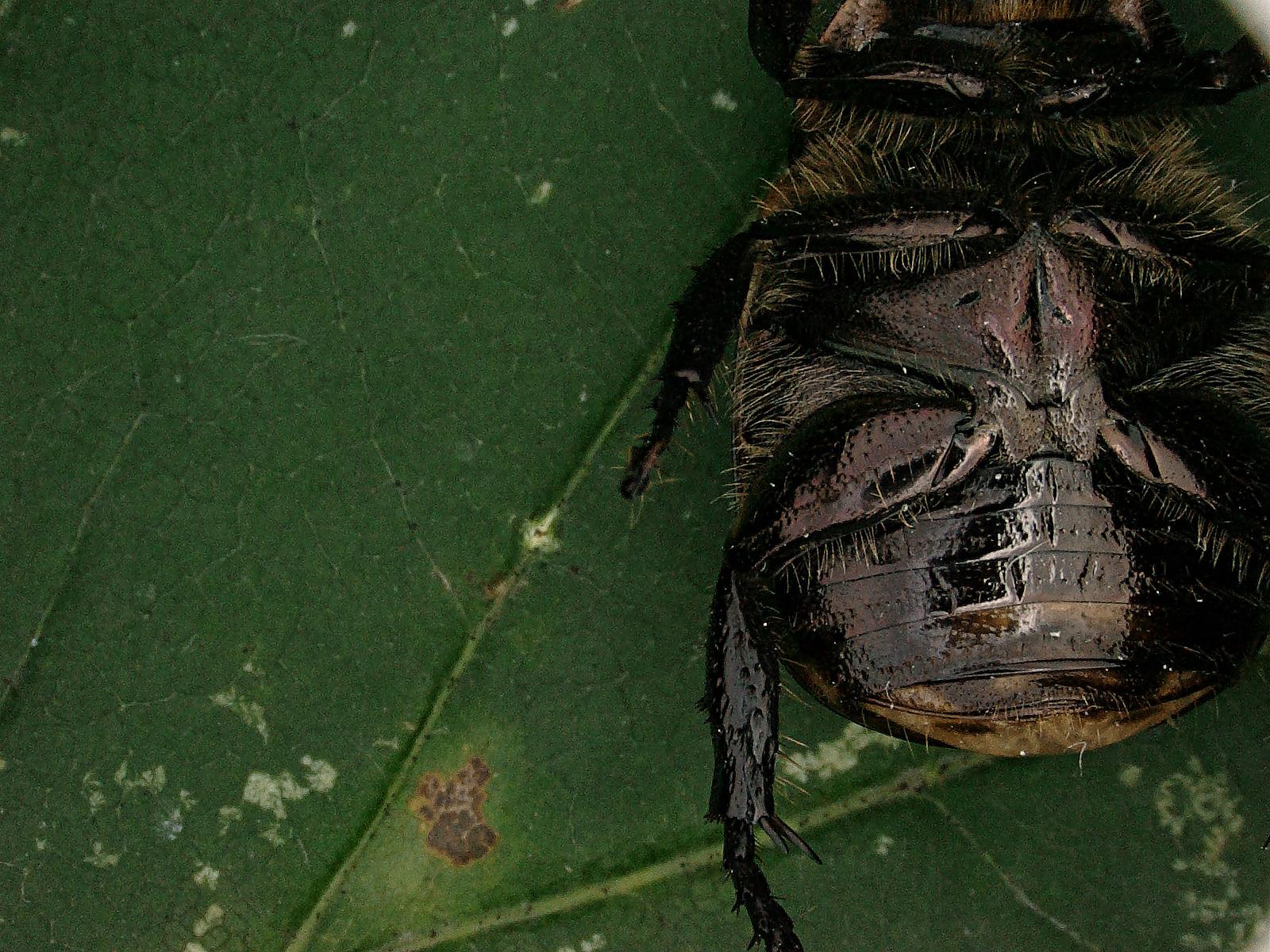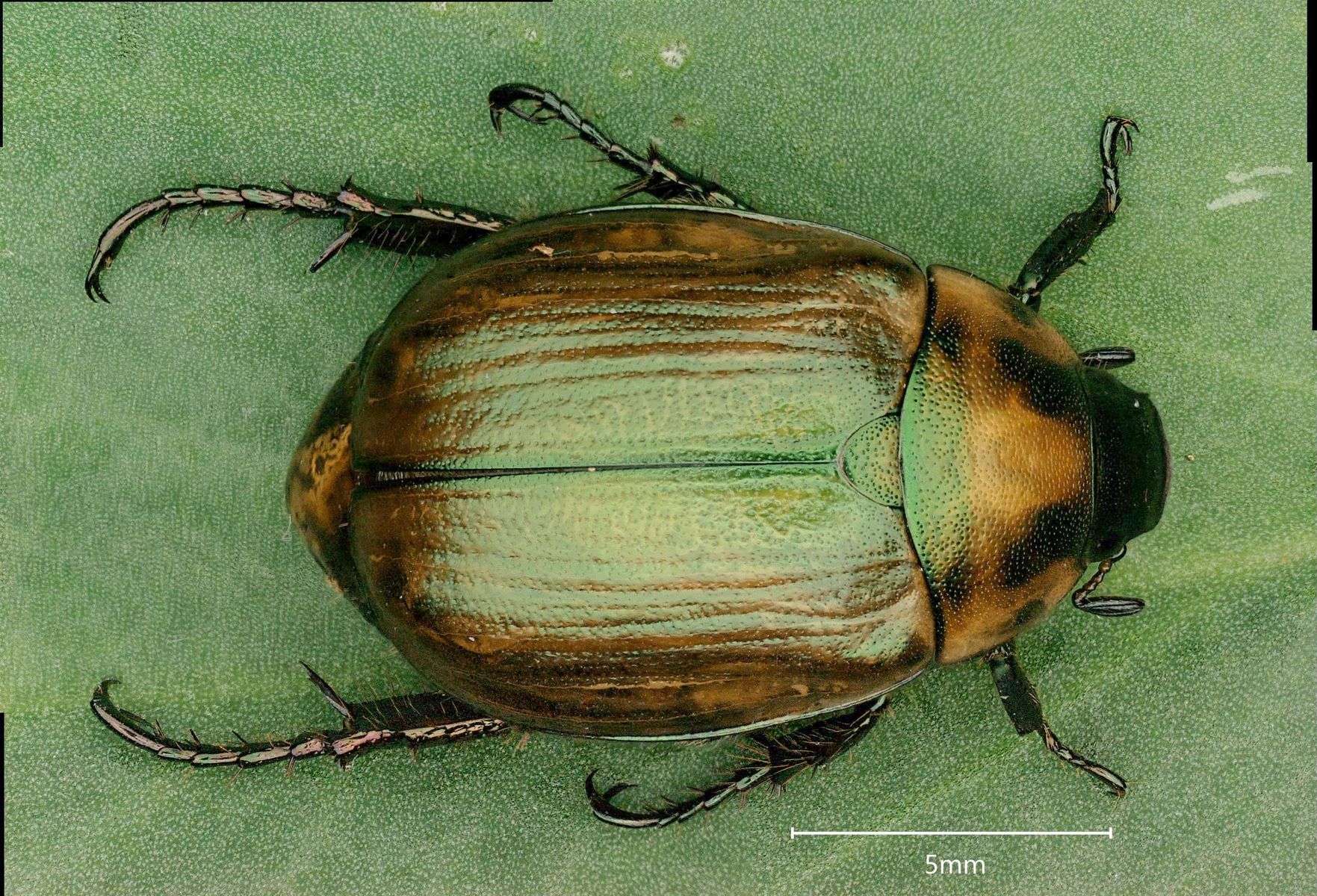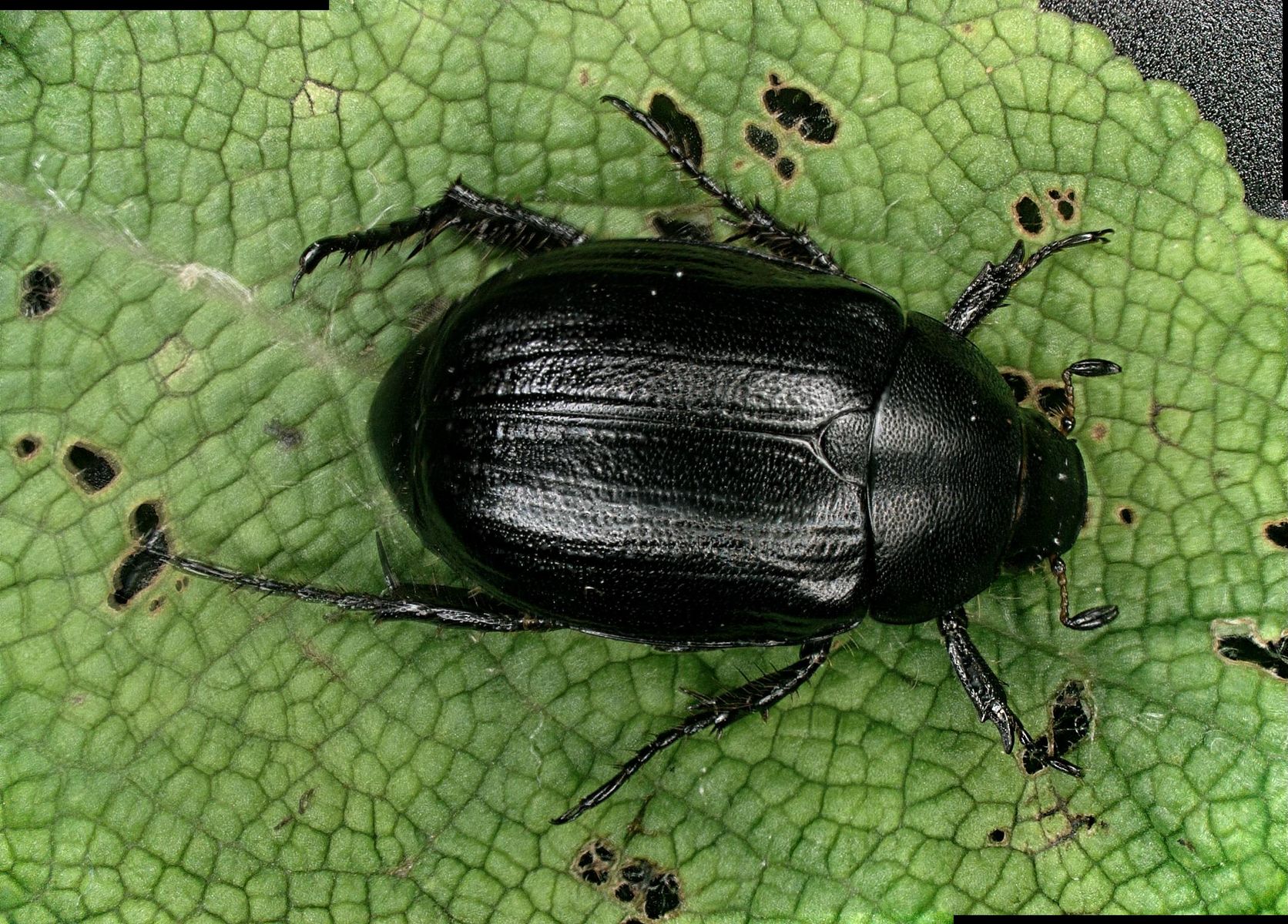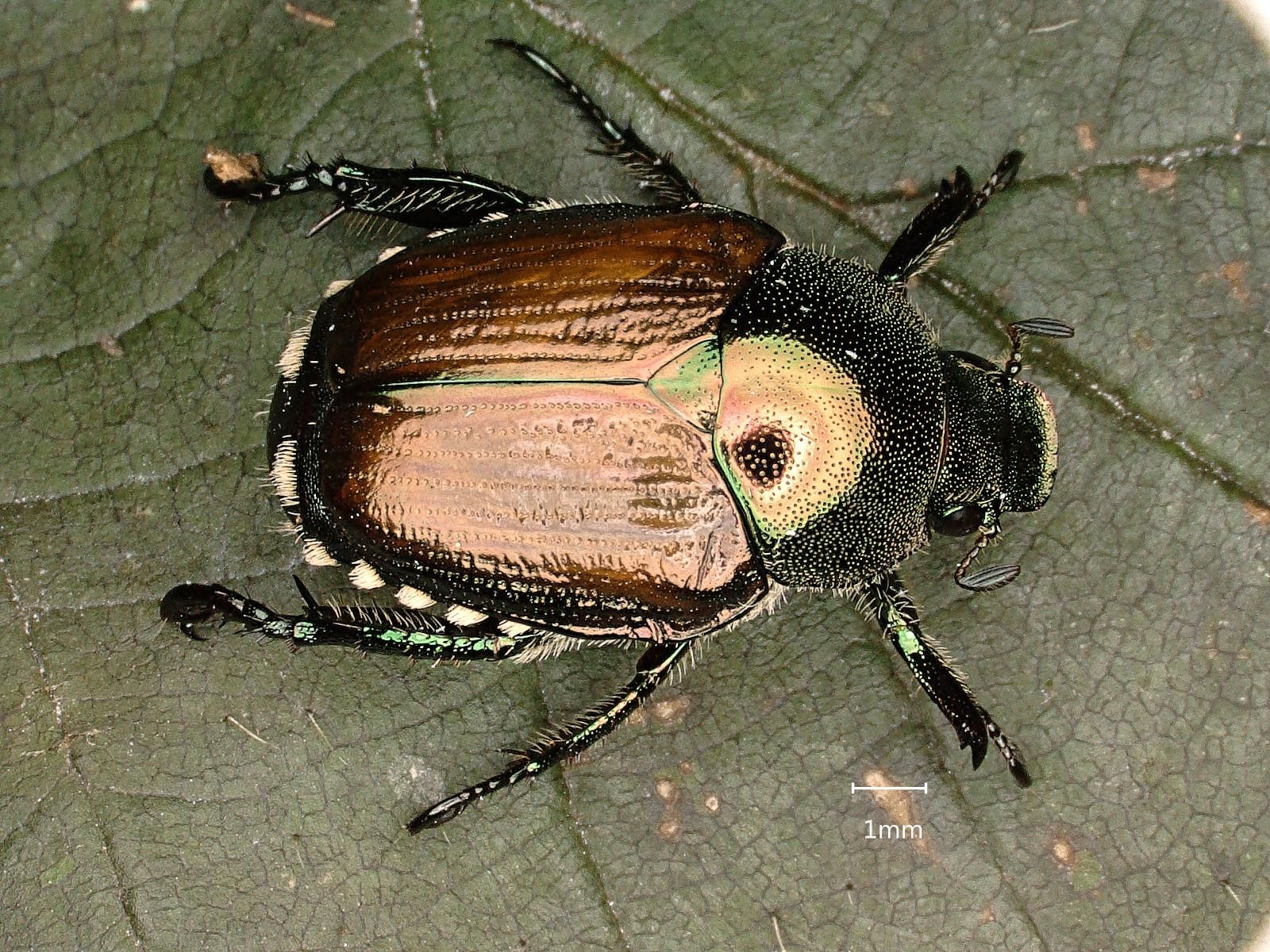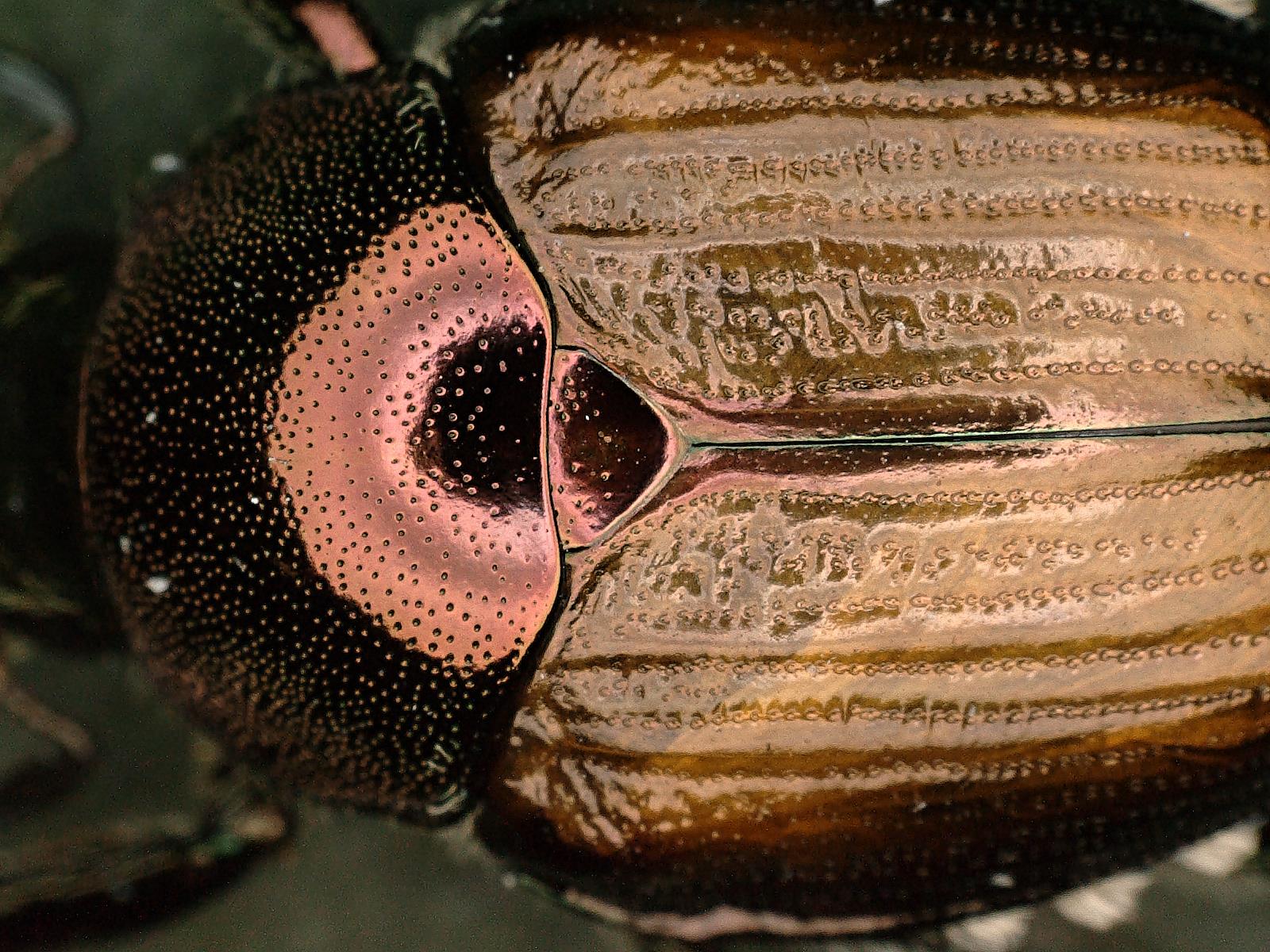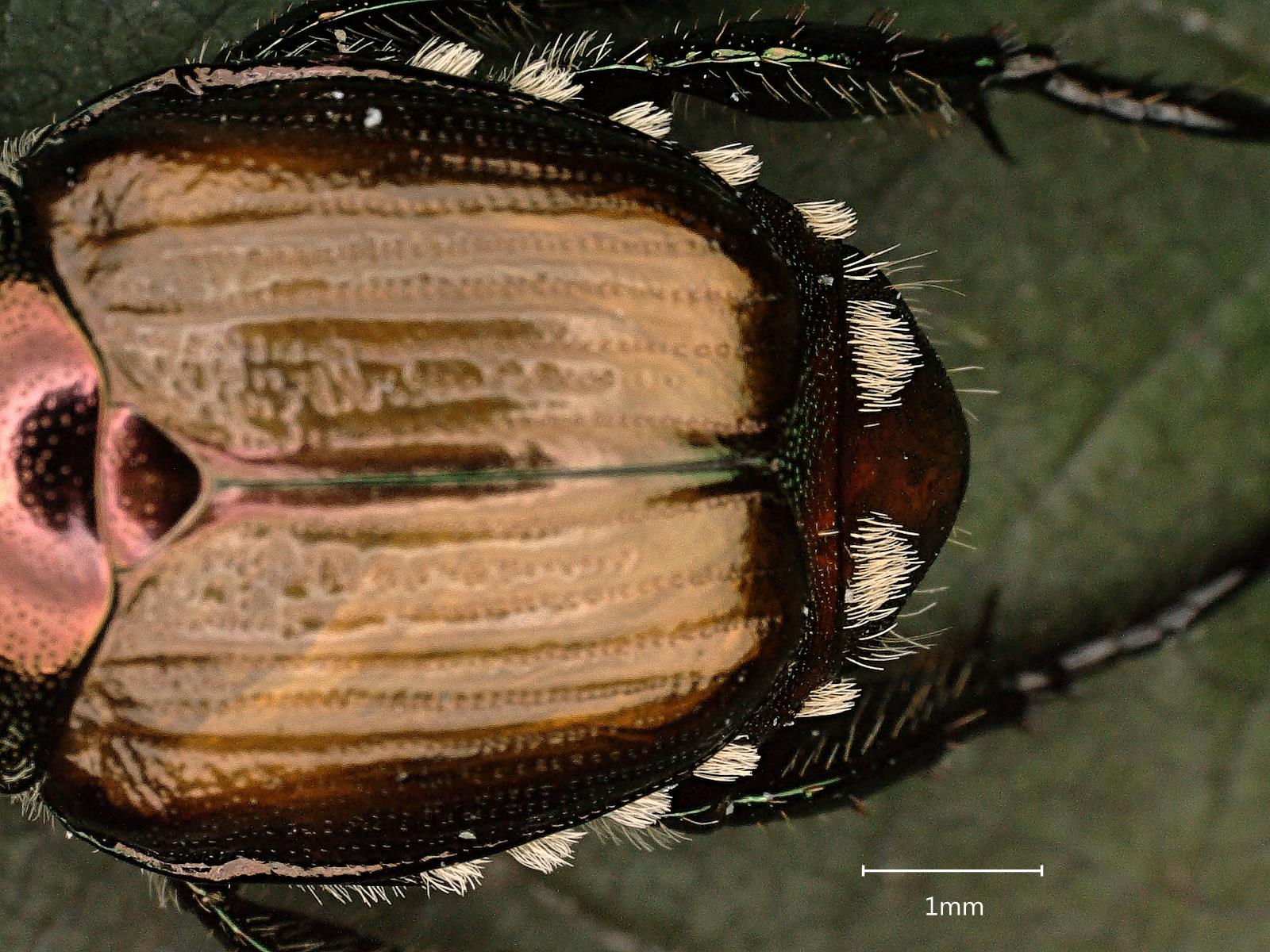Some background info:
There are several hundred thousands of beetles known worldwide, and new ones are discovered every year. More than 8’000 are known from Europe, and you can guess that it is impossible to know all of them. Scientific identification of all these beetle species is super difficult, and only a few enthusiastic insect freaks are able to work in the field of scientific determination of beetle species.
However, here come the good news! Our key offers you a couple of easy to detect characters, which you will be able to apply within a short time. With a little practice and some basic interest in insects, you will be able to tell if the beetle you are looking at is a Japanese beetle or one of its most abundant relatives, which are native to Europe. The relatives we are speaking of are selected members of the so-called beetle family “Scarabaeidae”, which are very abundant in Europe and often confused with Japanese Beetles.
Limitations:
First, you should never forget that this key is not a scientific one! It is sometimes leading you to a species name, like in professional identification keys. More often, however, the discrimination between a bunch of closely related beetle species is too difficult. In these cases, we just stop at a higher level, and the key will give you a hint to which group of beetles your object belongs to.
Second, you can use this key in Europe only! There are many more scarab beetles out in this world, and it was impossible to include all their characters in this simple key. Be aware that scarab beetles from other continents may look much more similar to the Japanese beetle than the European ones!
Finally, our tool lets you identify about a dozen of very abundant scarab beetles or groups of scarabs. It is, of course, far from being complete, and its focus is on ease of use, not on accuracy! If you walk around with open eyes, you will soon encounter scarab species, which are less abundant than those described here, and you won’t get a reasonable result with this key. Please let us know if you used our key without success! Upload your observation to the IPM-Popillia App, and the specialists in our team will try to assist you. Your feedback helps us to improve our tool, together, we are able to enlarge the key step by step!
Let’s get started!
1. Beetle or bug?
1a) Forewings are divided into two parts:
Forewings are divided into two parts: A hardened anterior part, which often has the same color as the rest of the body, and may show a colorful pattern, and a membranous posterior part, which is either uniformly brown or transparent (Fig. 1a).
If at all, a straight suture is only visible between the hardened anterior part of the forewings. The membranous posterior parts of the forewing usually overlap when the insect is sitting and form a transparent tip (Fig. 1). This tip is never divided by a suture when viewed from above.
The scutellum, a hardened triangular structure between the bases of the forewings, may be shield-shaped and very large (Fig 1). It may cover the suture between the anterior part of the wings, sometimes it entirely covers the forewings, so that the insect looks “wingless” when viewed from above.
The head is often acuminate, and there are only the eyes and the antennae visible from above, never pairs of mouthparts! This is because sucking mouthparts of bugs form a so-called “rostrum”, which projects from the tip of the head but is bent backward on the ventral side of the body (Fig. 1b). Unless the insect is feeding, you can see this rostrum only in side-view or ventral view.
The antennae are always simple and consist of a maximum of five elongated and easily discriminable segments (Fig. 1).
There are no “knees”, clubs, or anything. It’s a bug, not a beetle!
1b) Forewings are hardened as a whole, giving the insect a strong and “armoured” appearance.
The entire forewing is colored, no transparent parts (Fig. 2). Forewings may be short, and a part of the insect’s abdomen may be seen from above, or they cover the entire abdomen of the insect in dorsal view. There is always a straight suture visible between the forewings on their entire length (Fig. 2).
Forewings may be short, and a part of the insect’s abdomen may be seen from above, or they cover the entire abdomen of the insect in dorsal view. A straight suture is always visible between the forewings on their entire length (Fig. 2).
There may be a scutellum visible, but it is usually only a small triangular structure between the bases of the forewings and may be missing completely.
The head is usually not acuminate because beetles always have pairs of chewing mouthparts (Fig. 3). The tips of the mandibles or parts of the so-called maxillae (the “maxillar palps” look like small antennae) may be visible from above, but they may as well be conceiled below an upper “lip” (in scientific language, this is the labrum and/ or the clypeus).
The antennae may have different shapes. Sometimes they are straight and simple(Fig. 4), but many have a “knee”, or clubs or other structures on the tips. They consist of nine segments or more, which are often very small and not easy to discriminate. Yeah, it’s a beetle! Yeah, it’s a beetle! Go to 2
2. Is it a scarab beetle?
2a) The body surface of the beetle is either brown, black or metallic, or a mixture of both. The surface may be smooth and shiny or hairy.
Their body shape is oval or cylindric, quite massive, and clumsy. They cannot move fast and don’t run away (rather, they let themselves drop when detected and play possum).
The hardened forewings are well-developed, but often, they don’t cover the entire abdomen. The posterior “tip” of the abdomen, the so-called pygidium, is often visible from above (Fig. 2). The same is true for the scutellum, it is small but easy to detect as a triangular shaped “shield” between the bases of the forewings (in rare exceptions the scutellum is not visible).
The legs, especially the forelegs, are never just straight and slender, they carry teeth, lobes and spines, sometimes in addition to bristles and hairs(Fig. 5 and 6). These legs look strong but you can see that they are not made for fast running!
Most characteristic is the shape of the antennae: the first segments of the antennae are normally shaped and protrude to the sides, but the anterior three to seven segments are developed into peculiar “lamellae” that project to the front (Fig. 6). These lamellae can be closed to form a club, or may be spread like a fan (Fig. 2 and Fig. 15). The closed lamellar club projecting to the front may give the antennae a “kneed” appearance when viewed from above (Fig. 6). Yeah, it’s a scarab beetle! Go to 3
2b) The shape of the antennae, as described above, is unique to scarab beetles and the most important character for their determination. All the other characters listed above may also appear in other beetle families. However, their combination is also important! So, you may find beetles from other families, which show one or another character as described above. However, unless they don’t appear in combination, it’s not a scarab beetle!
3. A matter of size
3a) your scarab is big, at least 2cm in length (1€ coin-size or bigger, not including the legs). The dominant colors are black or different shades of brown, sometimes combined.
Cockchafer, Melolontha sp. - Fig. 2
(2 or 3 very similar species in Europe)
-- about 2cm to 3cm in size; two differently colored zones: head, pronotum (the “neck”), and pygidium (the tip of the abdomen) form the darker part, which is usually black or dark brown, whereas forewings, legs and antennae are light brown or red-brown.
Cockchafer, Melolontha sp. Fig. 2 (2 or 3 very similar species in Europe)
Fuller, Polyphylla fullo
- about 2.5cm to 3.5cm in size, uniformly black or dark brown with a variable pattern of white spots all over dorsal surface. These spots are made of white scales, which may be rubbed off, so that older beetles lose most of the white pattern and are almost uniformly dark. Antennal “fan” of males impressively big.
Rhinoceros beetle, Oryctes nasicornis - Fig. 8
- massive cylindric beetle, up to 4cm in size; one of the biggest beetles you may encounter in Europe. Color varies from black to redbrown, dorsal surface shiny, ventral side usually very hairy. Head of male with a horn like in a Rhinoceros, impressive “crest” and deep impression on the pronotum (Fig. 8). Females lack that rhinoceros horn but have a small ridge on their head, their pronotum also with an impression and/ or transversal ridge.
Rhinoceros beetle, Oryctes nasicornis Fig. 8
3b) your scarab is medium size, between 1.5cm and 2cm (body only, more like the Eurocent coins) and the whole body (head, “neck”, forewings) is in the same color.
Rose chafer (Potosia cuprea, or species of the genus Cetonia or Protaecia) - Fig. 9.
-your scarab is medium size, between 1.5cm and 2cm (body only, more like the Eurocent coins) and the whole body (head, “neck”, forewings) is in the same color.
- shiny green metallic beetles, with a variable pattern of white spots on forewings, made of scales (Fig. 9). Again, this white pattern may be faded or even missing. The body is more “flat” and “square”. The scutellum, the “shield” between the bases of the forewings, is big, longer than broad (the tip elongated backwards, has the shape of a shark tooth).
Rose chafer (Potosia cuprea, or species of the genus Cetonia or Protaecia) Fig. 9.
Mimela aurata (no picture) or Anomala vitis - Fig. 10
(no common names existing)
- shiny green metallic, without any white patterns. The body is oval shaped and not flattened (Fig. 10). The scutellum is small and broader then long (no pronounced tip, no “shark tooth”).
June beetle (about 2 to 5 different species of the genus Amphimallon) - Fig. 12
- whole body in variable shades of brown; beetle is hairy, especially ventral side, but some hair also on “neck” and forewings (Fig. 12). Beetle looks like a small cockchafer.
3c) your scarab is smaller than 1.5cm (body only is smaller than the Eurocent coins).
Now, it’s getting more difficult, have a closer look under point 4!
4. Some small scarabs
White-spotted rose chafer (several species of the genera Epicometis and Oxythyrea) Fig. 13
4a) body is “flat” and “square”, uniformly black, with a variable pattern of white spots on the forewings, made of scales (Fig. 13). This white pattern may be faded or even missing. Beetles may have no hairs on the dorsal side (pronotum and forewings), or may be covered entirely with long hairs (in some species, the entire surface, including pronotum and forewings, is covered with long, up-right hairs). The scutellum, the “shield” between the bases of the forewings, is big and longer than broad (the tip elongated backward, has the shape of a shark tooth). The “upper lip” (scientists call this part the clypeus) is slender and has two lobes to the front (Fig. 13a).
Dung beetles I (members of the “Coprini” tribe, beetles of the genus Ontophagus are abundant) Fig. 13 b.
4b) “Chubby”, round-shaped and strongly convex beetles with a strongly developed and broad “upper lip” (again the clypeus). The pronounced clypeus makes it impossible to see the mouthparts from above. The “fan” at the tip of the antennae forms a round-shaped knob when closed. There is no scutellum (“shield”) visible between bases of the forewings (the scutellum lies beneath the big pronotum). Beetles are black, brown or light brown, or a combination of those colors. There are no white scales. At the end of the hind tibia (“shin” of the last pair of legs), there is only one strong spine on the inner side. The head and pronotum (“neck”) may have ridges or “horns.”
Dung beetles II (members of the “Aphodiini” tribe, beetles of the genus Aphodius are abundant) Fig. 13c.
4c) Elongated, cylinder-shaped beetles, the body looks parallel-sided when viewed from above; the clypeus (“upper lip”) is again strongly developed and broad, and it is difficult to see any mouthparts from above. The “fan” at the tip of the antennae forms a round-shaped knob when closed. There is a small scutellum (“shield”) visible between the bases of the forewings. Again black, brown or light brown, or a combination of those colors, no scales. At the end of the hind tibia (“shin” of the last pair of legs), there are two spines.
Rutellinae subfamily (the Japanese beetle also belongs to this group)
4d) more or less oval shaped beetles when viewed from above; very often, the head and pronotum (“neck”) is black, dark brown or metallic (bronze, blueish or greenish), while the forewings are brown (Fig. 14). The “upper lip” (clypeus) is broad and clearly visible (Fig. 14), but it is not as broad as in the dung beetles, and also not lobed as in the rose chafers. Often, you can see tips of mouthparts (e.g. the tips of the maxillar palps) when looking at the head from above. The “fan” segments at the tip of the antennae project to the front and don’t form a roundshaped knob when closed (Fig. 18a). At the end of the hind tibia (“shin” of the last pair of legs), there are either two spines, or no spine at all. These are beetles of the so-called Rutellinae subfamily, the Japanese beetle also belongs to this group.
Go to 5 as a last step!
Is it a Japanese beetle?
Garden chafer, Phyllopertha horticola - Fig. 15
5a) Head, pronotum (“neck”), ventral side of the body, and legs are metallic (black, bronze, blueish or greenish), and the forewings are red-brown (Fig. 15). Color may vary, but the forewing color is always brighter than the color of the rest of the body. The “upper lip” (clypeus) is broad. Beetles are hairy, especially on ventral sides of the body, and hairs stand up from the body (Fig. 15). Hairs are grey or transparent, never strong, white and “bristle”-like, and they never form distinct white tufts! At the end of the hind tibia (“shin” of the last pair of legs), there are two spines. Beetles are flying in masses (“swarming”) low above grassland and lawns.
Beetles of the genus Hoplia - Fig. 16
5b) beetles resemble the Garden chafer, BUT: the body is less hairy and is either not metallic or, if metallic blue, green, or yellow, the color derives from colorful scales scattered on the body surface, not from the body itself (Fig. 16a). There may be species here where forewings are of the same color as the rest of the body. At the end of the beetle’s hind tibiae (shins of posterior pair of legs), there are no spines at all.
Beetles of the genus Anisoplia - Fig. 17
5c) beetles resemble the Garden chafer, BUT: the “upper lip” (clypeus) is narrowed and bent upwards at the tip and forms kind of a pig’s snout (Fig. 17). Beetles of the genus Anisoplia Fig. 17
5d) Beetles resemble the Garden chafer, BUT: the surface is shiny, not hairy, and the hind femora (“tighs” of the last pair of legs) are thickened like in a bodybuilder (Fig. 14a). Either Mimela junii Fig. 14, or Anomala dubia Fig. 18 and 18a. The colors in A. dubia vary considerably. Some may be entirely black (Fig. 18a), while in the other extreme, only the head remains dark, and the rest of the body is light brown (Fig. 18).
5e) Beetles resemble the Garden chafer, BUT: the “shoulders” (bases of the forewings) are very broad, therefore, the beetle looks more oval-shaped when viewed from above. The pronotum (“neck”) is super shiny metallic green or bronze, like polished (Fig. 19a). The base of the pronotum is not entirely rounded, but its basal margin has a small “recess” in the middle as if giving the base of the scutellum more space (Fig. 19a). There is a row of 5 white tufts on each side of the abdomen of the beetle, formed of strong, white, bristle-like hairs. Additionally, there are 2 of these white tufts on the pygidium (tip of the abdomen, which is visible behind the distal end of the forewings, Fig. 19b). – OH NO!!! - it’s a Japanese beetle, Popillia japonica Fig. 19
Now let's go to the Observation Map and SUBMIT your own beetle findings!
.

